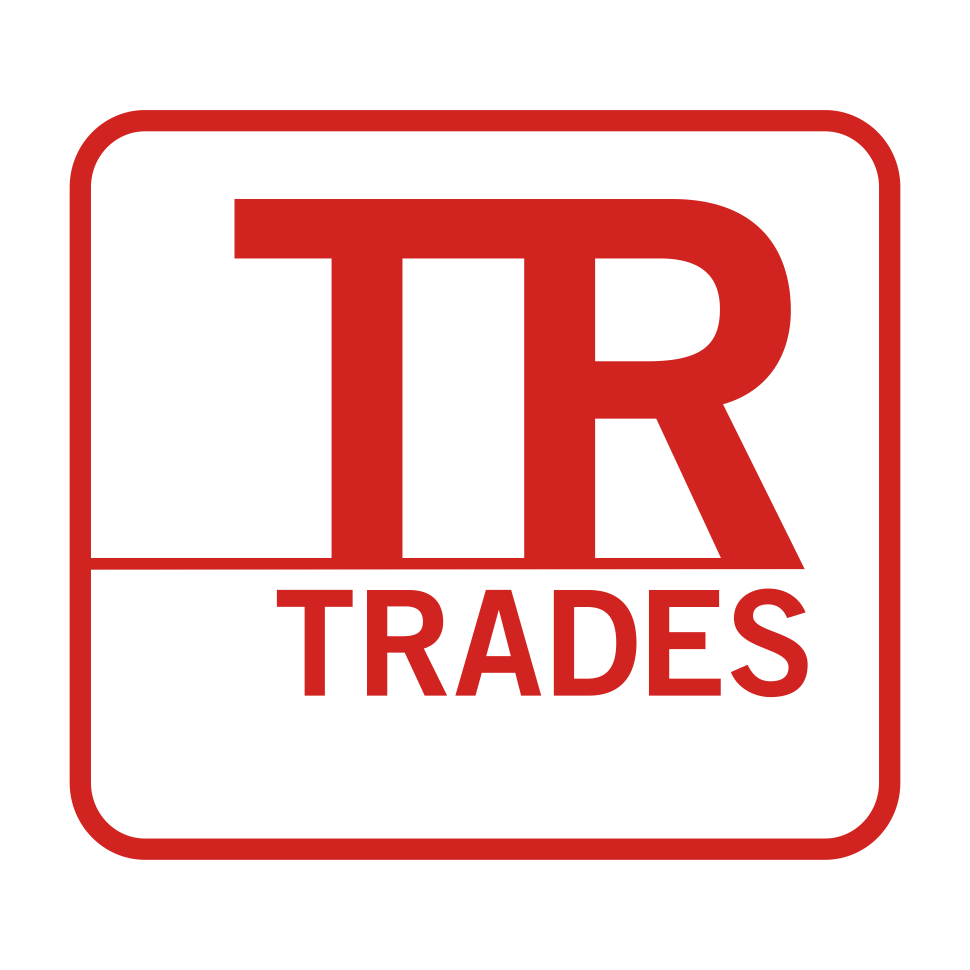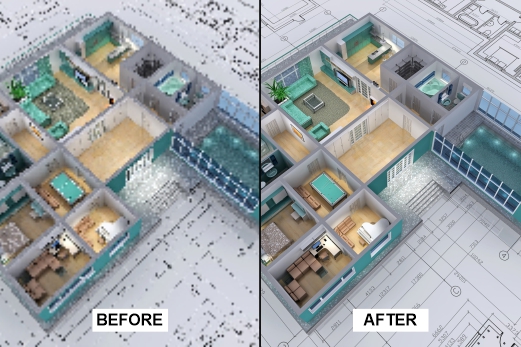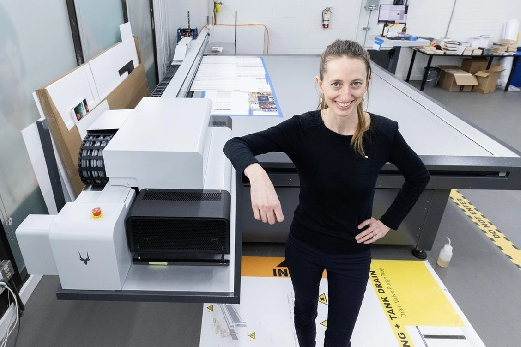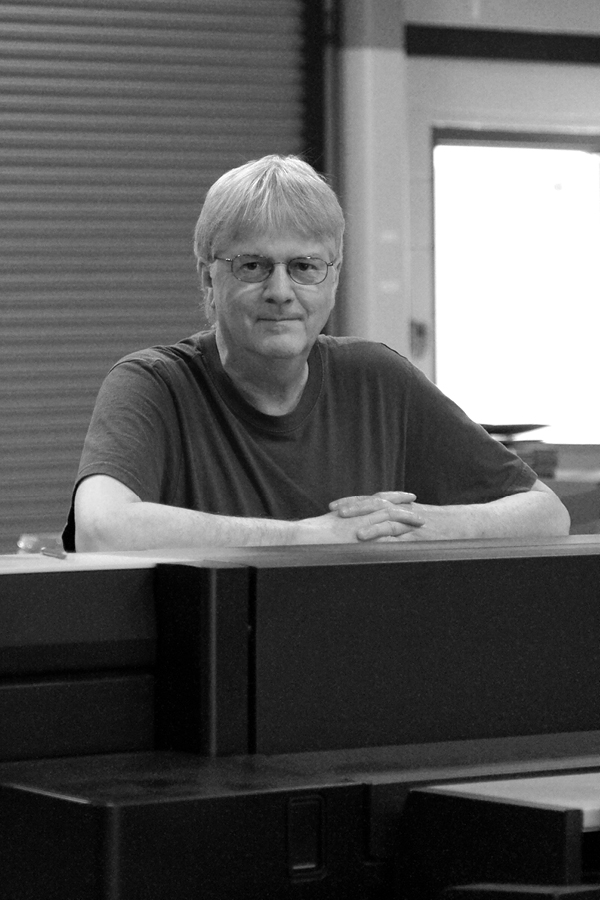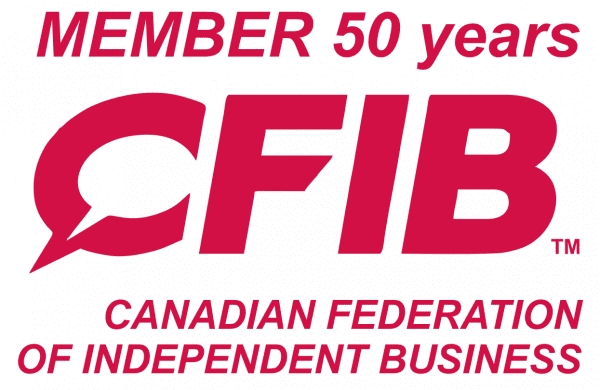Transformative Uses of Large Format Flatbed Scanning Across Industries
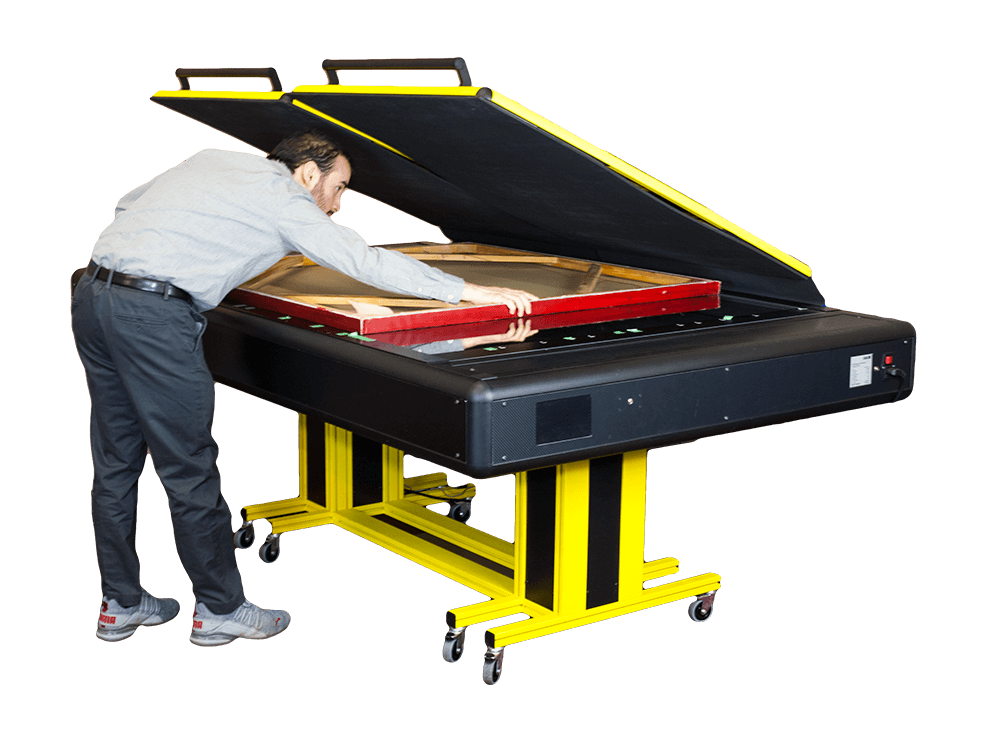
In the realm of digital imaging, the versatility and precision of large format flatbed scanners have revolutionized numerous industries and applications. These scanners offer a crucial solution for digitizing materials that cannot be processed through roll scanners, unlocking new possibilities and efficiencies across various sectors. Let’s explore how different industries leverage large format flatbed scanning to achieve their goals:
Architectural Clients:
Architectural firms rely on large format flatbed scanning to incorporate physical building materials and finishing samples directly into their designs. By scanning materials such as wood samples, flooring, and finishing textures, architects can create digital libraries of textures and materials for seamless integration into their design software. This process enhances visualization and allows clients to preview how different materials will look in the final built environment, facilitating informed decision-making and precise design execution.
Interior Designers:
Interior designers utilize large format flatbed scanning to capture fabrics, textures, and other materials for creating digital files used in wall coverings, upholstery, and visual finishes for interior spaces. Scanning these materials ensures accurate representation of colors, patterns, and textures, enabling designers to experiment with various combinations and visualize the final aesthetic before implementation. Large format scanning streamlines the design process, minimizes material wastage, and enhances client communication by providing realistic visualizations of interior concepts.
Fine Art Reproduction:
In the realm of fine art, large format flatbed scanning is instrumental in reproducing textured paintings with unparalleled accuracy. Artists and reproduction studios use these scanners to capture intricate details, brushstrokes, and surface textures of original artworks, ensuring faithful reproduction in digital and print formats. Large format scanning preserves the integrity of the artist’s vision while expanding accessibility to high-quality reproductions for collectors, galleries, and art enthusiasts.
Manufacturing:
Manufacturers leverage large format flatbed scanning to digitize materials and prototypes for various applications, including product development, quality control, and reverse engineering. By scanning materials and components, manufacturers can create detailed digital models for analysis, simulation, and manufacturing optimization. Large format scanning accelerates the design iteration process, reduces time-to-market, and enhances product quality by providing precise digital representations of physical objects.
Cultural Heritage Preservation:
Libraries, archives, and cultural institutions utilize large format flatbed scanning to digitize fragile documents, manuscripts, and artifacts for preservation and access. These scanners offer a non-invasive method for capturing delicate materials, minimizing handling and preserving them for future generations. Large format scanning facilitates broader accessibility to cultural heritage collections, enabling researchers, educators, and the public to explore and engage with historical materials in digital form.
Large format flatbed scanning serves as a critical tool across diverse industries, enabling the digitization of materials that cannot be processed through traditional roll scanners. From architectural design to fine art reproduction, from manufacturing to cultural heritage preservation, the transformative capabilities of large format scanning continue to drive innovation and efficiency across various sectors, shaping the future of digital imaging.
